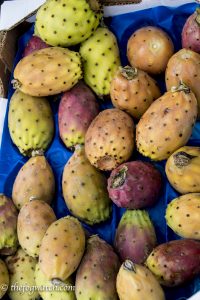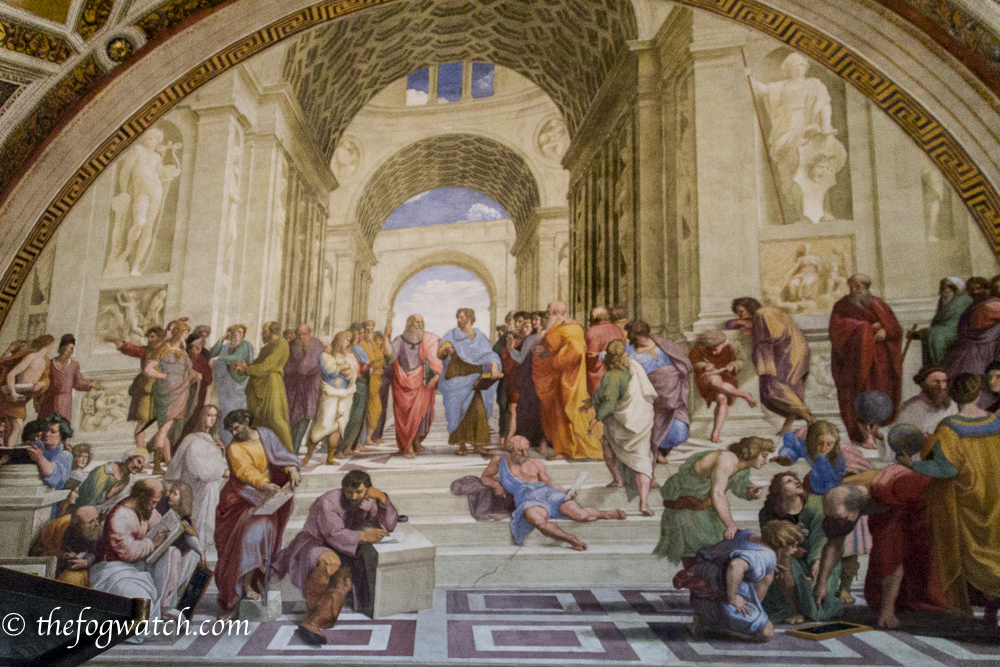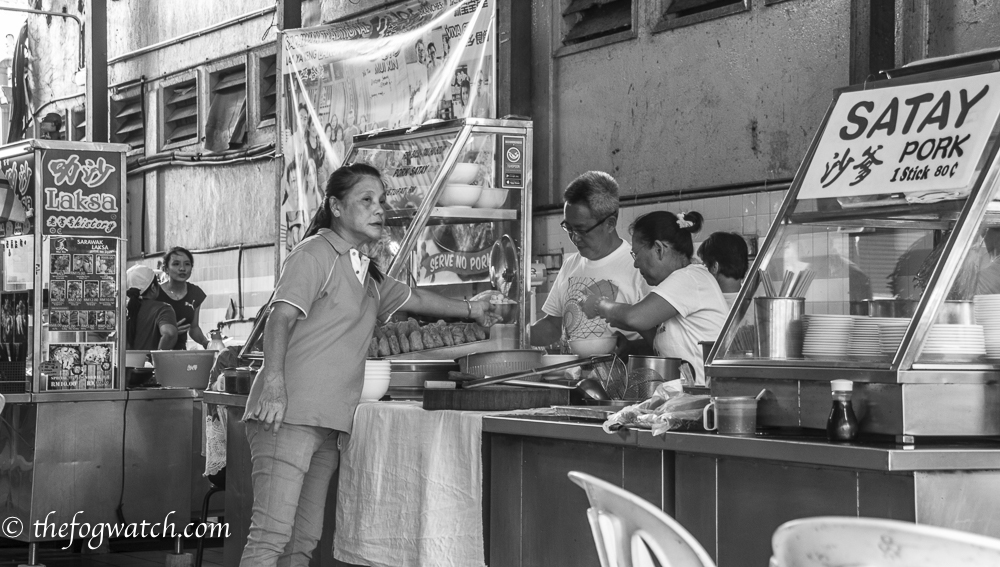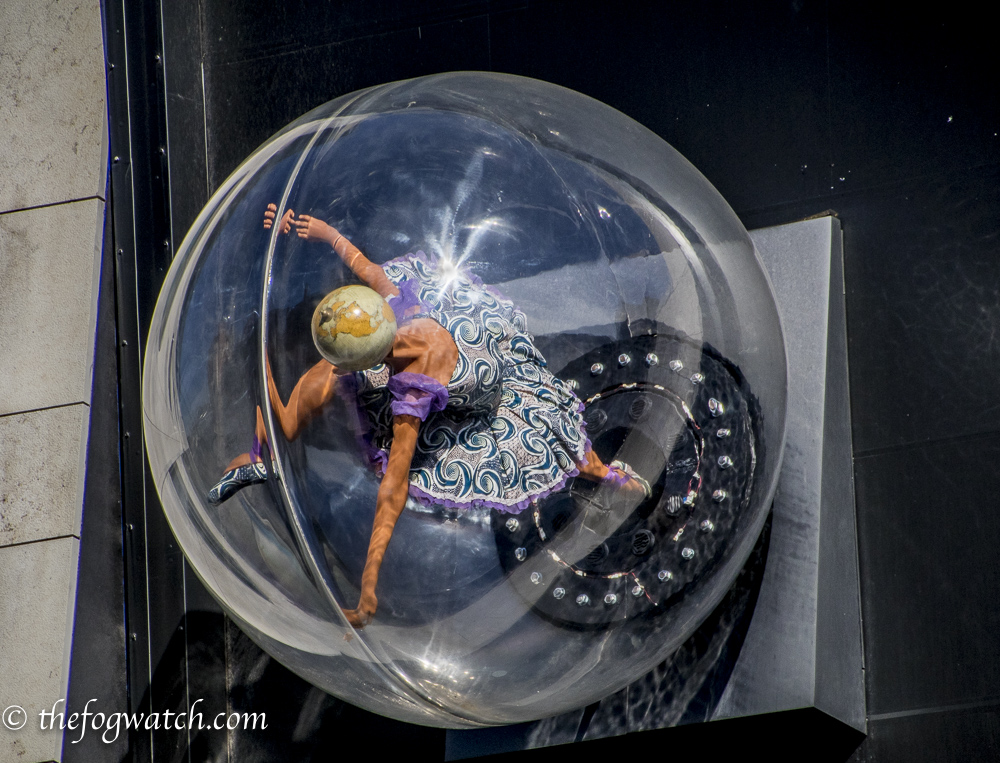Have you noticed that when you eat certain foods, taste certain wines, smell certain smells, you are instantly taken back to your memories of a place, perhaps distant in space or time from now? For example, I recently baked.a tarta de Santiago – an almond cake common in Galicia in northern Spain. The sense of taste took me straight back there. It was one of the great tastes of the Camino de Santiago.

Papua New Guinea smells strongly of vanilla – it permeates all the food and of course their famous coffee, but it is also on the air too.
When we travel, at least part of why we travel is to experience new places, new sights, new sounds, new tastes. Indeed, one reason that travel is so exhausting is that we are literally on sensory overload. So much is new to us: the rhythms and sounds of a new language, the smell of dust and spices and markets, the sights of ancient buildings, the touch of a Roman wall or the feel of the cobblestones beneath our feet. These are all part of the sensations of travel.

Aristotle told us we have five senses. But the reality is that we have many more. As British philosopher Barry Smith has pointed out, science has long moved on from Aristotle’s five elements that make up the material world, yet we still cling to his categorisation of five senses: sight, hearing, touch, taste and smell.

Today, scientists believe we have between 21 and 33 senses and possibly more. Part of that is a more nuanced version of our five senses, but there are a few surprises. It turns out that our body is full of sensors each designed to keep us healthy, away from predators and poisons, and able to appreciate our environment in extraordinary ways. And most of these senses also help to enrich our experience of new places.

For example, I often wondered why I would get misdirected in Australia where I have lived most of my life, yet in London which I barely knew, I always knew my orientation in the city. The answer appears to lie in magnetism. Well, it turns out that we have magnetoreceptors – an ability to sense the Earth’s magnetic field, in the way that birds have an innate sense of direction. And these sensors seem to be related to the iron in our nose – we literally follow our nose! Our sense is much weaker than that of birds, but is well documented. And yes I was born in the UK, but came to Australia as a child. How is your sense of direction affected by travel?
We also have a sense of time – not only are we aware of our circadian rhythms (which get disrupted by jet-lag) but we also have a surprisingly accurate sense of time and duration.

And of course, our senses work together to build layers of experience. I have spoken elsewhere of recording the sounds of a place – whether the dawn chorus of birds, or a hubbub of a street with the sound of street sellers. One thing I love to do, is to sit in a foreign cafe and listen to the rhythm and cadence of the local language – especially where I am unfamiliar with the language. It is like the music of a country.
I have heard the mellifluence of Korean, the staccato syllables of Indonesian, the soft gentle sound of Khmer, the distinctive French, the expressive Italians and so on. Try closing your eyes and just listen to the sounds of language without trying to understand what they are saying, just the flow of speech.

Then there are practical things, such as we wouldn’t get far without a sense of balance, and we would have a hard time drinking coffee or eating sushi without our proprioception – the sense of knowing where your limbs are – to guide the cup to our lips.
Our sense of temperature will tell us to dress warmer or cooler and this is an aspect of where we are and how we experience a place. It also helps to signal to our body that we need to regulate our temperature in some way, and to stay hydrated in warm or dry places.
Our taste is probably around 80 percent smell, and the rest is divided among senses for sweet, sour, salt, bitter and umami (the taste that responds to the amino acid glutamate, found in meats). So they work in combination to give us the rich world of flavours wherever we travel.

Sight appears to be two senses – cones for colour and rods for brightness – again these work in concert to bring to life the colours and visual textures of our travels.
Being aware of how we sense a place, also helps to stitch that place into our idea of who we are as well as who we are becoming. As Barry Smith points out:
“Once you have a multi sensory view of perception, you have a better chance of explaining how you are in touch with the world and how we know about ourselves.” – https://aeon.co/videos/aristotle-was-wrong-and-so-are-we-there-are-far-more-than-five-senses
Each place has its own pace, its own feel, its own light. So here’s an exercise for you – can you describe a place in one sentence or paragraph, using a more nuanced description of how your senses responded to it? Don’t you just love the gravity in Paris?


London… tingled on my skin like the prelude to a summer thunder storm. The energy bristled and rolled and drew me in to a thousand years of history embedded in the stones beneath my feet.
Wow! What a great set of images Michelle 🙂 Thanks for sharing!